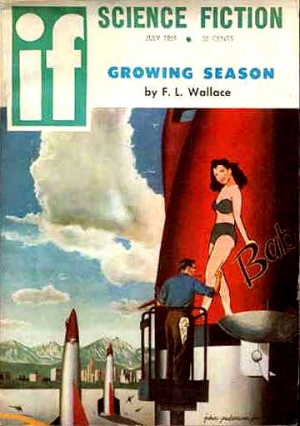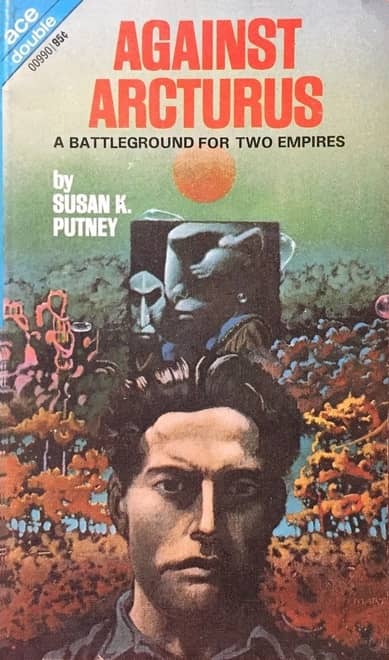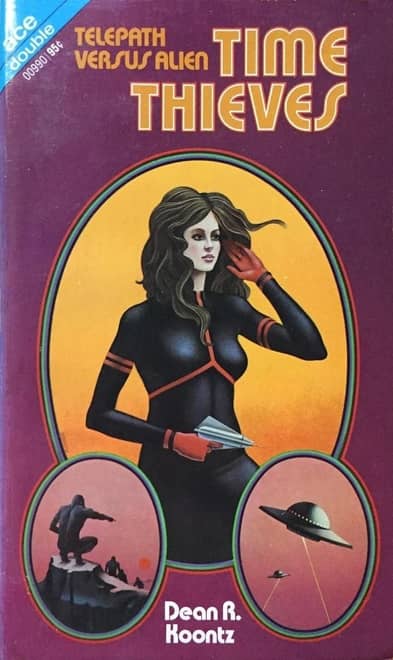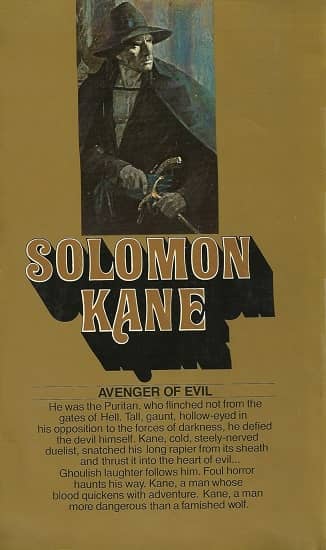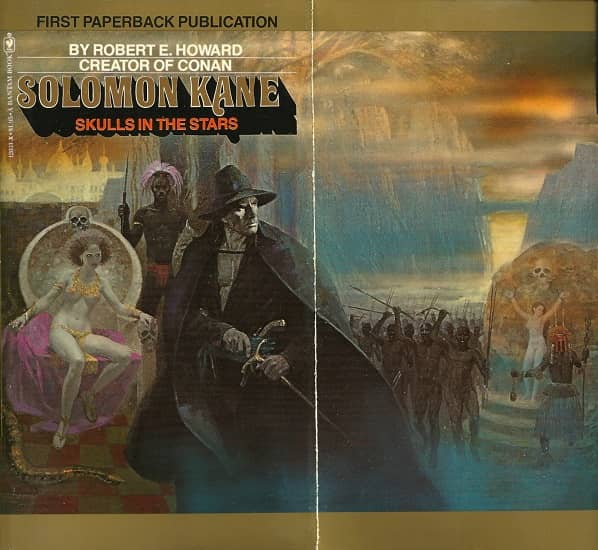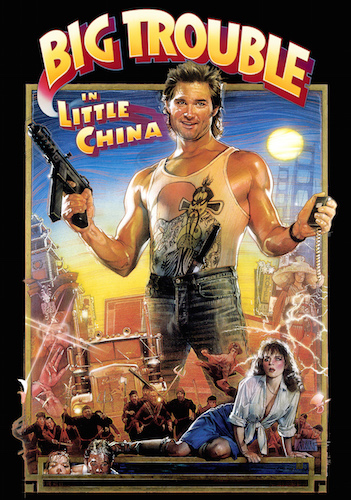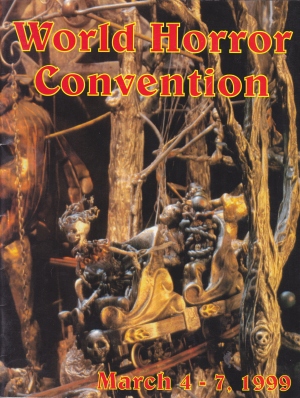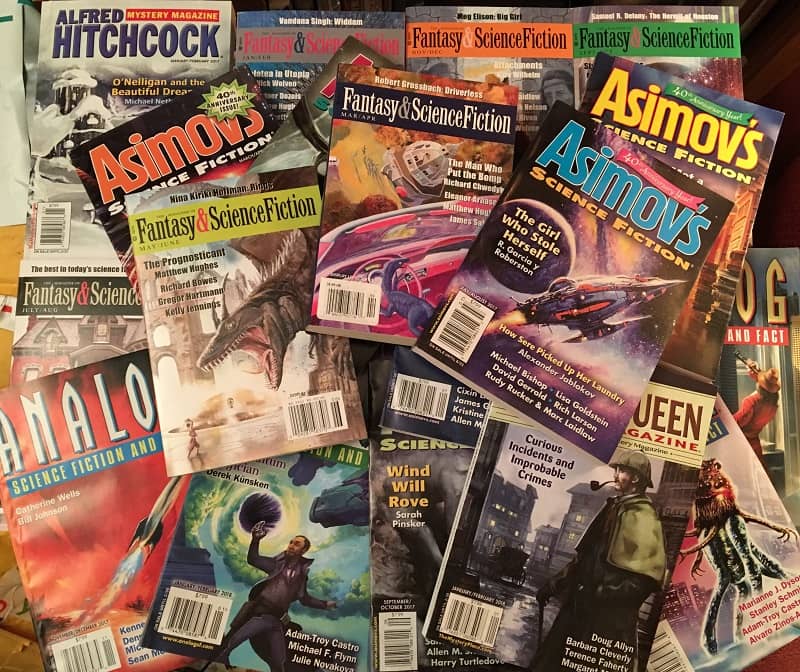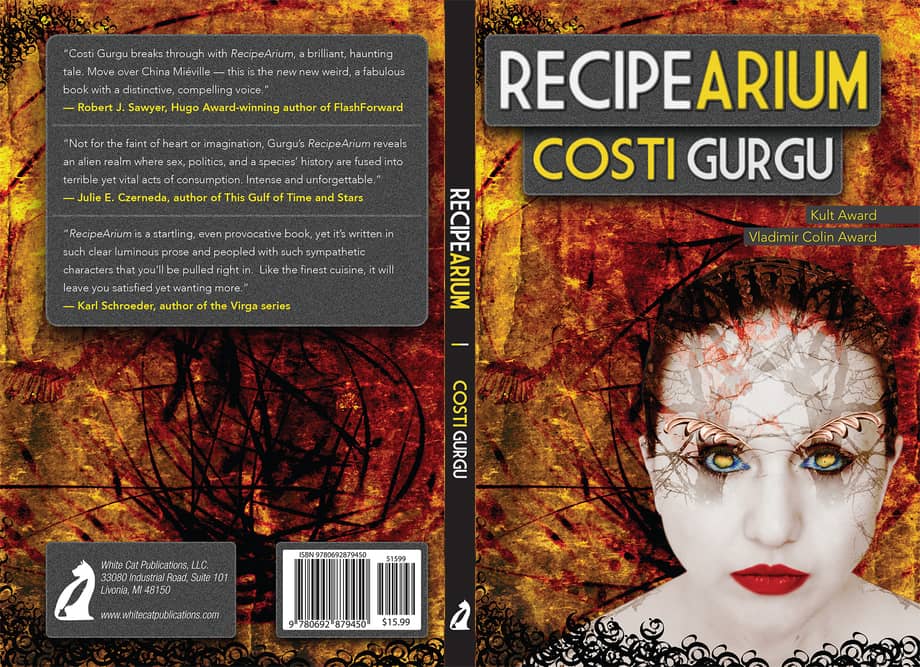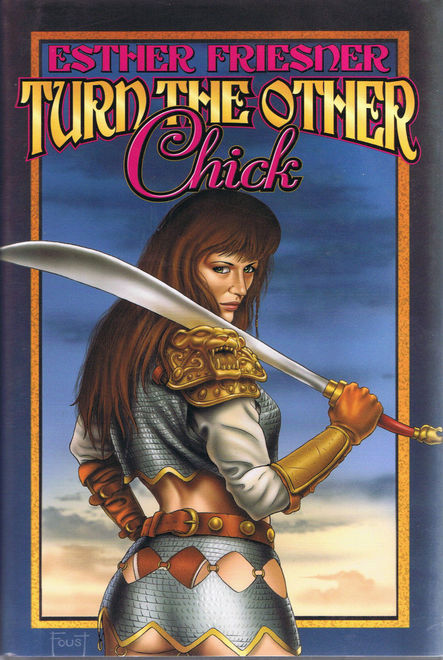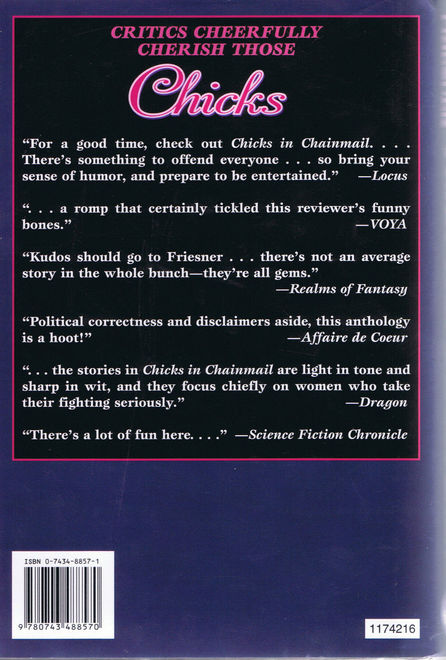Future Treasures: Flotsam by RJ Theodore
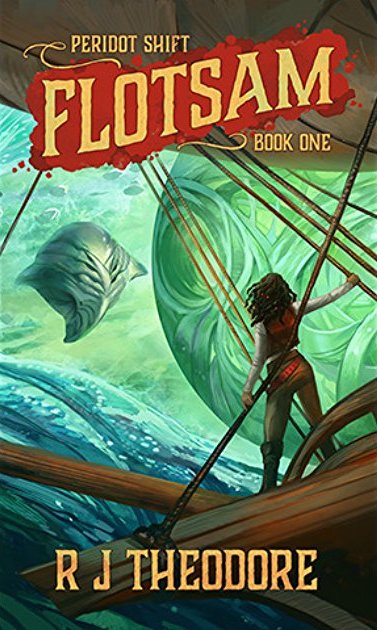 |
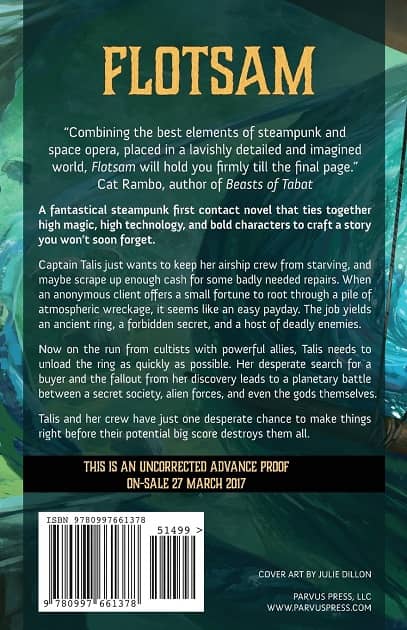 |
I’m not familiar with Parvus Press, and that looks like an oversight on my part. Their first book, Scott Warren’s Vick’s Vultures, the opening volume in the Union Earth Privateers space opera series, arrived in October 2016; it was followed by two releases in 2017. According to their website they have a total of five releases planned for 2018:
Parvus Press LLC was founded in 2016 by two lifelong friends, Colin Coyle and Eric Ryles. John Adamus joined us shortly thereafter as Managing Editor because a publisher without an editor is like a world without dogs. You can live with it, but why? We are a publisher of speculative fiction, passionate about great stories, and committed to publishing the next generation of great creative minds. Parvus has sold over 10,000 copies of our titles to date and will release four novels and one amazing anthology of short fiction in 2018 for your reading pleasure. We are headquartered in Northern Virginia and look forward to meeting you all soon!
Their first title of the year, Flotsam, is the opening novel in the Peridot Shift trilogy by RJ Theodore. I received a copy in the mail a few weeks ago, with this friendly note from Colin tucked inside:
Enclosed, you will find Flotsam, our fourth release. It’s a wonderful blend of space opera and steampunk bound together with a dash of magic. It’s a great read for anyone who appreciates bold characters and adventure. I hope you’ll consider giving Flotsam a read.
The entire Parvus Press line-up looks exciting, and I’m very much looking forward to diving into the world of Flotsam. It arrives in on March 27. It is 402 pages, priced at $14.99 in trade paperback and $6.99 for the digital version. The beautiful cover is by Julie Dillon. Sign up to read Chapter One here, and get all the details at the Parvus Press website.
